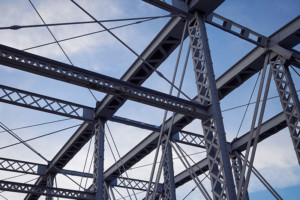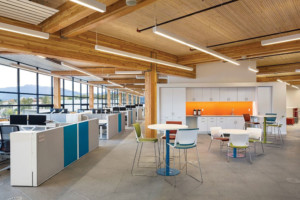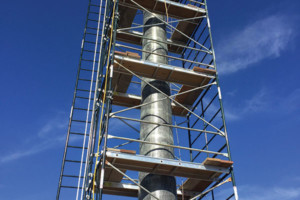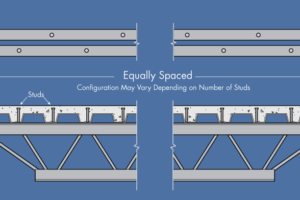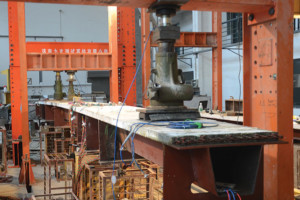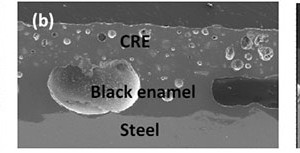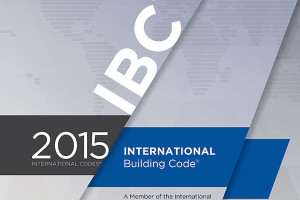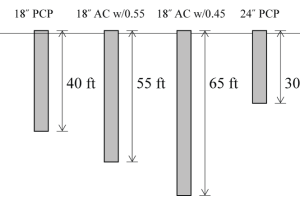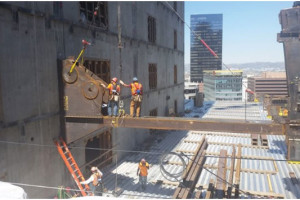Steel Industry Issues First EPDs for Steel Joists and Steel Decks
Thinking green is not enough in today’s construction environment. Any person or company can claim to be sensitive to the environment, but are their products and processes sustainable? With increased demand in the design arena for sustainable building practices and materials, architects, engineers, and other “buyers” can have a difficult time assessing the various parts and pieces that go into any construction project. …

